Term 1 Chapter 2 | 2nd EVS Environmental Science - My Amazing Body | 2nd EVS Environmental Science : Term 1 Unit 2 : My Amazing Body
Chapter: 2nd EVS Environmental Science : Term 1 Unit 2 : My Amazing Body
My Amazing Body
Unit 2
My Amazing Body
You will learn about
*
Simple movements
*
Joints
*
Role of the sense organs
*
Postures
*
Stages of growth
Simple
Movements
Vedha, Yasmin and Rita are friends and
neighbours. They enjoy going home from school together. Come, let us join them.
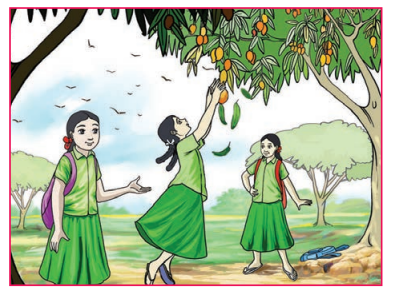
“Wow! Look at the ripe mangoes.
Let us jump
and pluck them”.
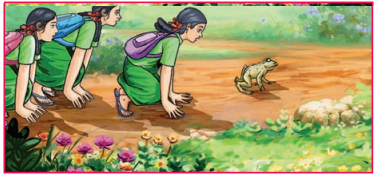
“Look! A green frog is hopping.
Let us hop
too”.
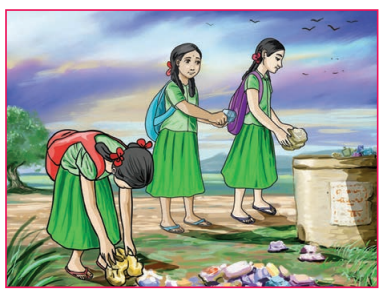
“Oh no! Bits of paper make the place untidy.
Let us pick them up and put them in the bin”.
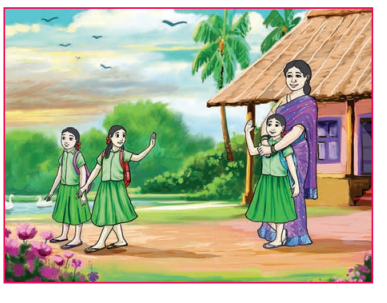
“We have reached home. Bye, dear friends”. They wave goodbye to each other.
Do the
following actions.
a) Walk like an elephant
b) Balance like a crane
c) Hop like a frog
d) Trot like a horse
e) Jump like a rabbit
f) Waddle like a duck
Joints
Keep a book on the floor.
Now try to pick it up without bending your knees and back. Can you do it?
* Our bones help us stand up straight and give us shape.
* Without our bones, we would be floppy.
* The place where two or more bones meet is called a joint.

We have to bend our body to do many activities.
This is made possible by the joints.
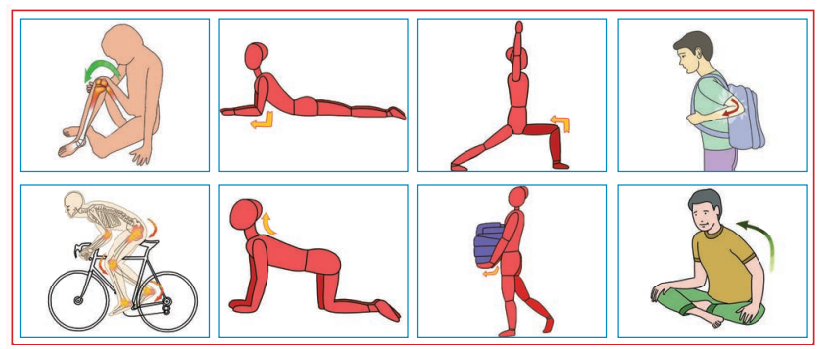
Note for the teacher
Ask the students to move
their fingers, wrist, elbow, shoulder, neck, back, knee and ankle. Let them find
out and share which joints can move in all directions and which joints have limited
movements.
Try This Out
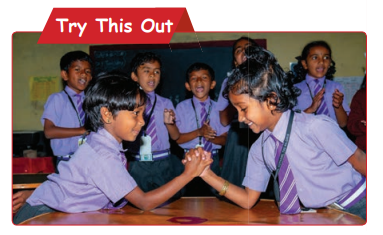
Circle
the joints in the given picture.
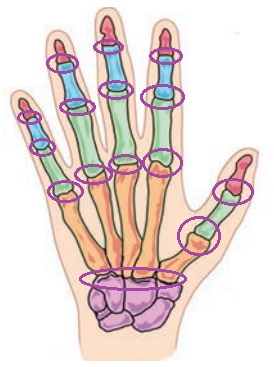
Role of the Sense Organs
Observe and Discuss
What are the sense organs that you use
to identify the objects given below?
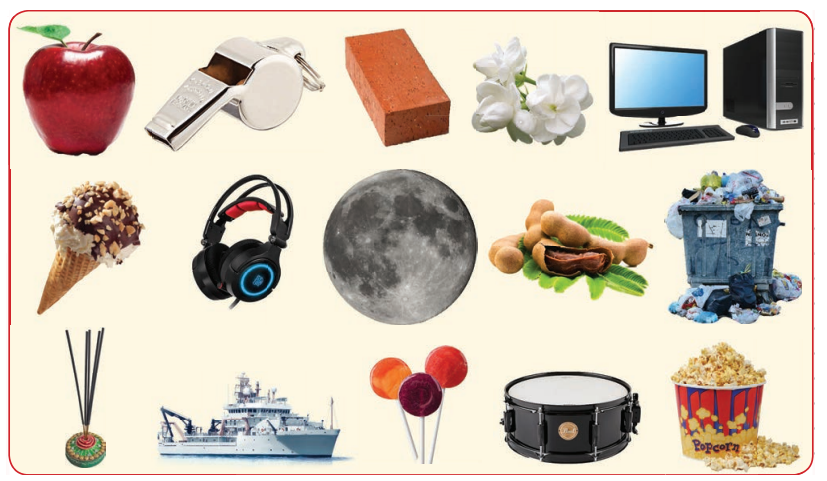
Our senses work together to tell us
about the world we live in. We most often use more than one of our senses at
the same time.
Descriptions relating to Popcorn
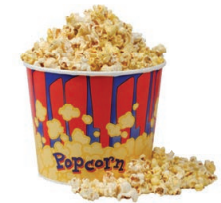

The flavour of food is actually a combination of its taste, smell as well as the texture.
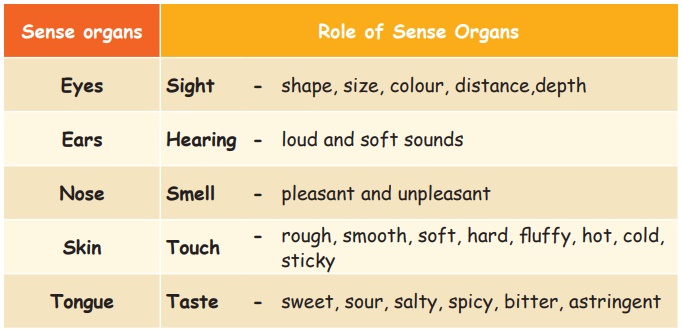
Note for the teacher: Let
the children see, touch, hear, taste and smell different objects like cotton, oil,
gum, sponge, bell, stone, chair, soap, flowers, agarbathi, lemon, orange, salt,
garlic, beetle nut and sugar. Carefully choose what is given to the children to
taste. Ask them to describe the objects using the words given above.
Write the names of the sense organs related
to the descriptions given.
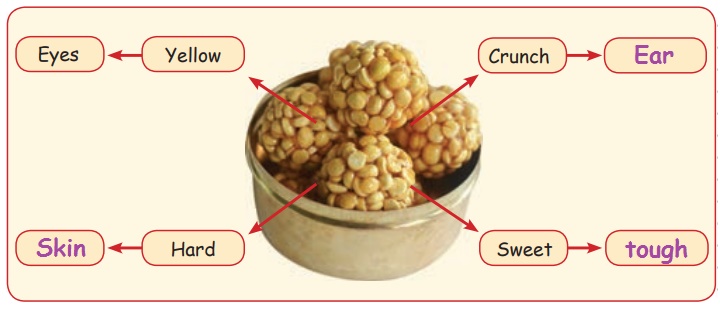
The
skin is the largest sense
organ
in our body.
An elephant‛s trunk is actually a long
nose.
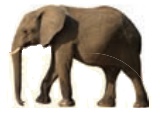
Postures
The position
of our body in doing various actions is called posture. There is a correct way and an incorrect way of doing various actions. Observe
the pictures and find out.
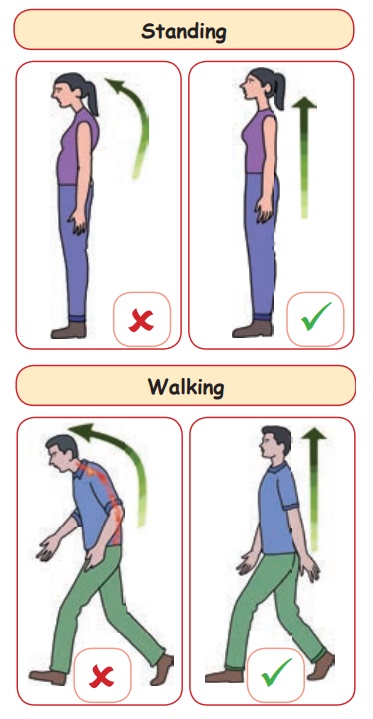
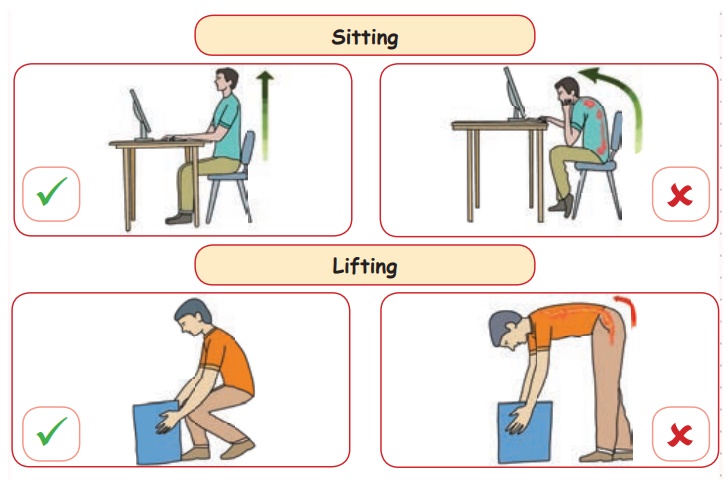
Always do the actions in
the correct manner.
It is good to sit on the
floor.
A good upright posture prevents backache.
Stages of Growth
There are three things which make us different
from other animals in the world.
* We have an
upright posture.
* We can communicate
using speech.
* We can think.
I have grown from being a baby to a six/seven
year old child.
I can eat on my own.
I can read, write and draw.
I can play many games.

We all love to play games.
Games are of two types; indoor and outdoor.
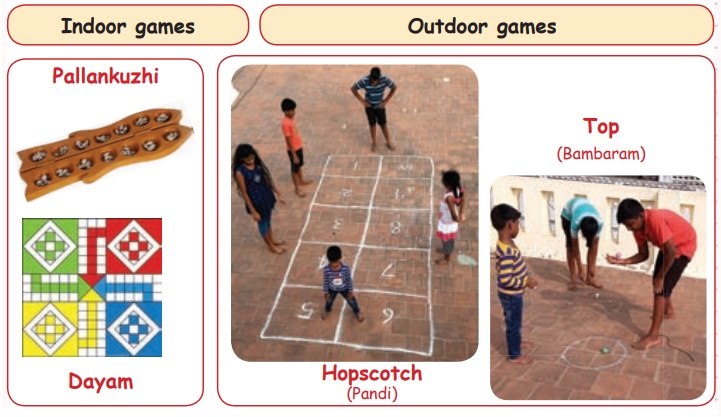
Draw the other side and complete the
letters.

Tick (✓) the correct posture.
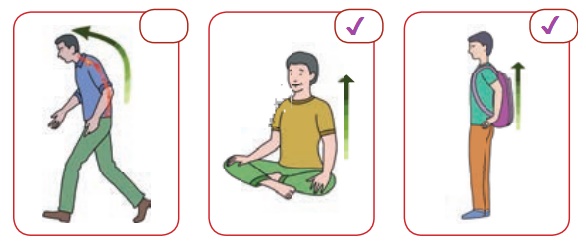
Do it with your friends – Show the
correct posture
a) sit
b) stand
c) walk
d) lift
Related Topics